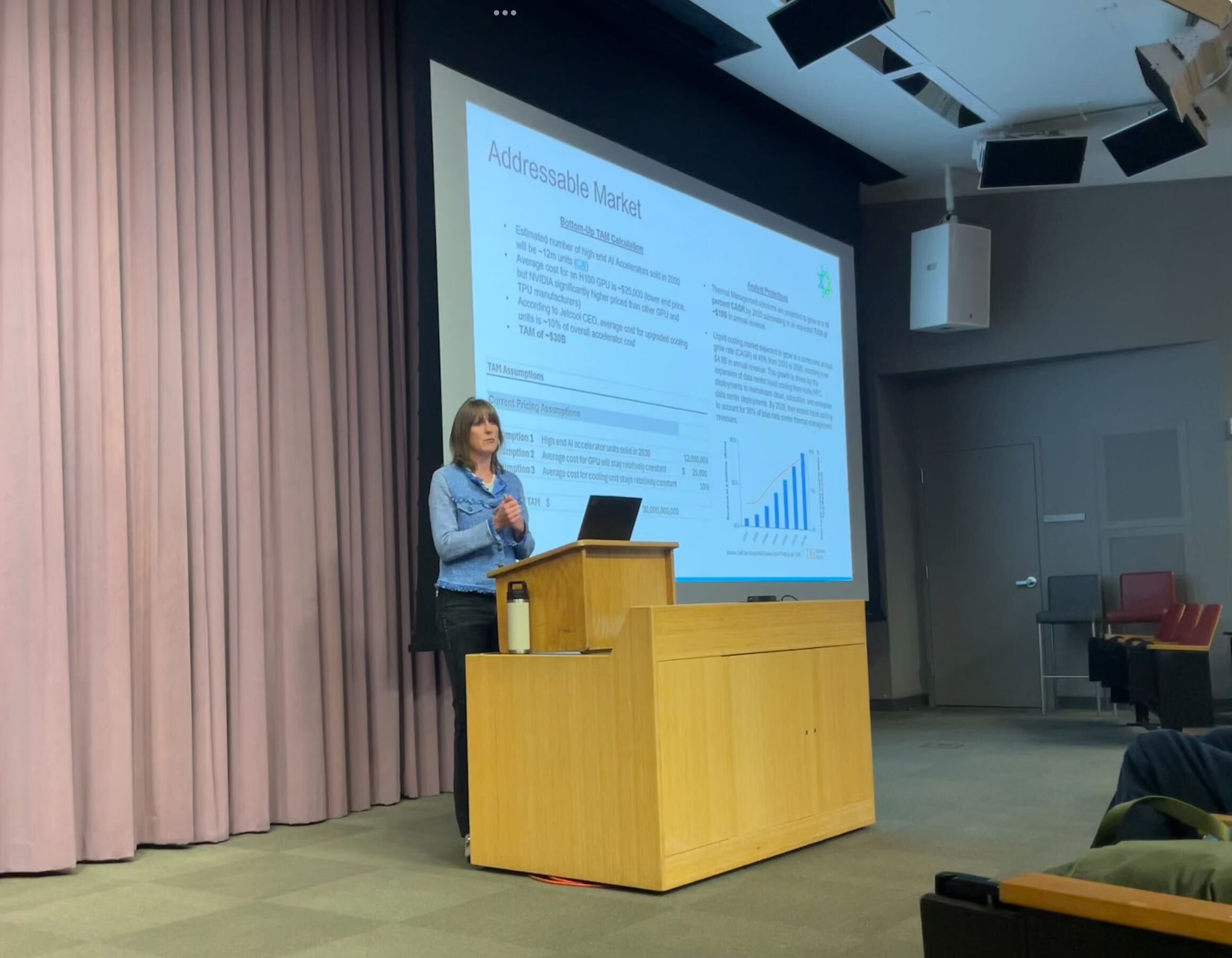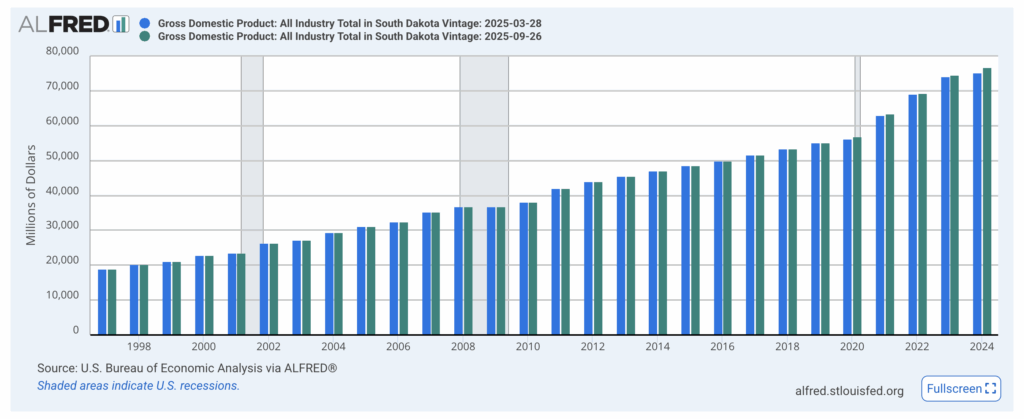UWO economist, students sized up AirVenture’s $257 million economic impact on Fox Valley region – Universities of Wisconsin

Economic Impact Analysis of EAA AirVenture and Alignment with Sustainable Development Goals
Executive Summary
A recent economic impact analysis conducted by the University of Wisconsin—Oshkosh (UWO) quantifies the significant economic contributions of the 2024 EAA AirVenture event to the Fox Valley regional economy. The study, led by Professor David Fuller with student participation, highlights the event’s role in advancing several key United Nations Sustainable Development Goals (SDGs), particularly in the areas of economic growth, quality education, and strategic partnerships.
Promoting Decent Work and Economic Growth (SDG 8)
The analysis provides clear evidence of the event’s contribution to sustained, inclusive, and sustainable economic growth in the region, directly aligning with the objectives of SDG 8. The findings demonstrate substantial job creation and economic stimulation.
- Total Economic Impact: The event generated a total economic impact of $257 million for the Fox Valley region in 2024, a significant increase from the $170 million reported in 2017.
- Local Impact: The city of Oshkosh alone experienced an economic impact of $117 million.
- Job Creation: The event supported a total of 2,100 jobs throughout the Fox Valley region, with 815 of those jobs located directly in Oshkosh.
- Visitor Spending: The economic activity was driven by spending from 650,000 attendees on local goods and services, including lodging, food, transportation, and retail.
Advancing Quality Education and Experiential Learning (SDG 4)
The study itself served as a vehicle for promoting Quality Education, a core tenet of SDG 4. By integrating students into the research process, UWO provided an invaluable opportunity for applied learning and skills development.
- Faculty-Led Research: The project was spearheaded by Professor David Fuller, providing expert academic oversight.
- Student Involvement: Students played a key role in the survey work, gaining hands-on experience in economic data collection and analysis.
- Real-World Impact: This engagement reflects the university’s commitment to community-focused research, equipping students with practical skills relevant to future employment and civic engagement.
Fostering Partnerships for the Goals (SDG 17)
The successful execution of this economic impact study exemplifies the power of multi-stakeholder collaboration, a central theme of SDG 17. The partnership between an academic institution and a major community organization was critical to producing the analysis.
- Primary Collaboration: The study was commissioned by the Experimental Aircraft Association (EAA) and conducted by the University of Wisconsin—Oshkosh.
- Community Links: This partnership showcases the university’s intellectual capital and strong community ties, demonstrating how academic resources can be leveraged to support local economic planning and sustainable development.
Strengthening Sustainable Cities and Communities (SDG 11)
By quantifying the economic footprint of EAA AirVenture, the report provides essential data for local and regional stakeholders. This information supports strategic planning aimed at making cities and communities more inclusive, safe, resilient, and sustainable, in line with SDG 11. The study underscores the event’s value in contributing to the economic vitality and resilience of Oshkosh and the greater Fox Valley region.
1. Relevant Sustainable Development Goals (SDGs)
Based on the article’s focus on economic impact, job creation, education, and community partnerships, the following SDGs are addressed:
-
SDG 4: Quality Education
The article highlights the role of the University of Wisconsin—Oshkosh, where a professor and students collaborated on the economic impact study. This directly relates to providing quality education through practical, real-world learning experiences. The text states, “…giving students a co-pilot role in the study” and mentions “Faculty-led research and student involvement in survey work reflects the university’s commitment to community engagement and real-world impact.”
-
SDG 8: Decent Work and Economic Growth
This is the most prominent SDG in the article. The entire study is about gauging the “economic firepower” of the EAA AirVenture event. The article explicitly quantifies the economic growth and job creation, stating the event brings in “$257 million and 2,100 jobs to the Fox Valley region economy.” This aligns with promoting sustained, inclusive economic growth and productive employment.
-
SDG 11: Sustainable Cities and Communities
The study focuses on the event’s impact on the local community, specifically the “Fox Valley regional economy” and the “City of Oshkosh.” By analyzing the economic benefits and job creation, the study helps the community understand and leverage the event for local development, contributing to the economic sustainability of the region.
-
SDG 17: Partnerships for the Goals
The article describes a clear partnership between an academic institution (University of Wisconsin—Oshkosh) and a civil society/private organization (Experimental Aircraft Association). The article notes, “Fuller said he was asked by the Experimental Aircraft Association to provide an updated analysis…” This collaboration to achieve a common goal (the economic study) exemplifies the spirit of SDG 17.
2. Specific SDG Targets
The article’s content points to several specific targets under the identified SDGs:
-
Target 4.4: Increase the number of youth and adults with relevant skills for employment
The students’ involvement in the study provided them with practical skills in economic research and data collection. The article refers to students having a “co-pilot role in the study” and their “involvement in survey work,” which are experiences that build relevant skills for future employment.
-
Target 8.5: Achieve full and productive employment and decent work for all
The creation of “2,100 jobs to the Fox Valley region economy—$117 million and 815 jobs to Oshkosh alone” is a direct contribution to local employment, aligning with the goal of achieving productive employment.
-
Target 8.9: Promote sustainable tourism that creates jobs
The EAA AirVenture is a major tourism event, attracting “650,000 aviation enthusiasts” who spend money on “lodging, food and drinks, gas and retail items.” The study’s entire purpose is to measure the economic impact and job creation resulting from this tourism, directly relating to this target.
-
Target 17.17: Encourage effective public, public-private and civil society partnerships
The collaboration between the University of Wisconsin—Oshkosh and the Experimental Aircraft Association to produce the economic impact analysis is a direct example of a partnership between an academic institution and a private organization, reflecting the essence of this target.
3. Mentioned or Implied Indicators
The article provides specific data points that can serve as indicators to measure progress towards the identified targets:
-
Indicator for Target 8.5 (Employment)
The article provides a direct quantitative measure of jobs created.
- Indicator: Number of jobs generated by the event.
- Data from article: “2,100 jobs to the Fox Valley region economy” and “815 jobs to Oshkosh alone.”
-
Indicator for Target 8.9 (Sustainable Tourism)
The article quantifies the economic contribution of the tourism event.
- Indicator: Total economic impact of tourism activities.
- Data from article: “a total economic impact of $257 million for the Fox Valley regional economy in 2024.” This is a direct measure of the value added by tourism.
-
Indicator for Target 4.4 (Skills Development)
While not providing a number, the article implies an indicator related to experiential learning.
- Indicator (Implied): Number of students participating in real-world research projects.
- Evidence from article: The mention of “students a co-pilot role in the study” and “student involvement in survey work” implies that a group of students gained practical skills, which could be quantified as an indicator.
-
Indicator for Target 17.17 (Partnerships)
The existence of the collaboration itself is an indicator of a successful partnership.
- Indicator (Implied): The number and nature of multi-stakeholder partnerships for sustainable development.
- Evidence from article: The article describes the partnership between UW-Oshkosh and the EAA, which resulted in the production of the economic impact study, serving as a qualitative indicator of an effective partnership.
4. Summary Table of SDGs, Targets, and Indicators
| SDGs | Targets | Indicators |
|---|---|---|
| SDG 8: Decent Work and Economic Growth |
|
|
| SDG 4: Quality Education | 4.4: Increase the number of youth and adults with relevant skills for employment. |
|
| SDG 17: Partnerships for the Goals | 17.17: Encourage effective public, public-private and civil society partnerships. |
|
| SDG 11: Sustainable Cities and Communities | 11.a: Support positive economic links between urban and regional areas. |
|
Source: wisconsin.edu

What is Your Reaction?
 Like
0
Like
0
 Dislike
0
Dislike
0
 Love
0
Love
0
 Funny
0
Funny
0
 Angry
0
Angry
0
 Sad
0
Sad
0
 Wow
0
Wow
0

















































:focal(1500,1000)/https://media.globalcitizen.org/a6/9a/a69a4720-d8a1-4715-b596-18738d03c05c/rotary_polio_hero_image.jpg?#)






/countries/sri-lanka/photo-credit---dmc-sri-lanka.tmb-1200v.jpg?sfvrsn=dc298bcc_1#)















